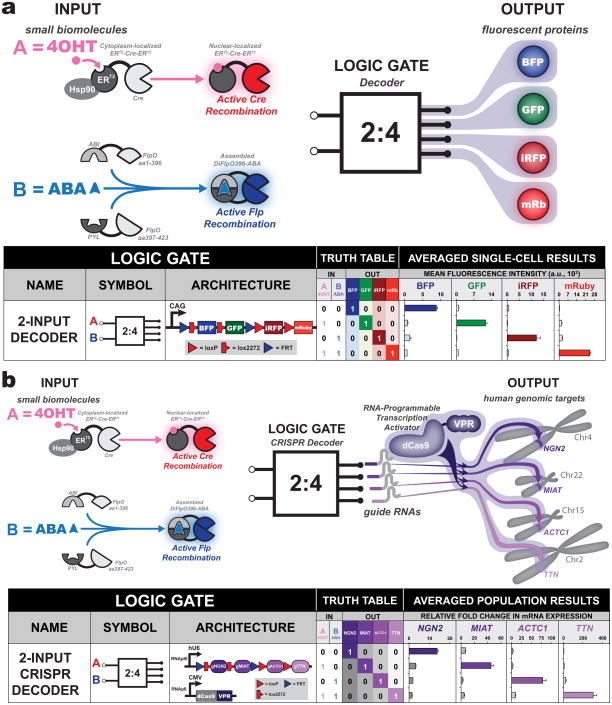Figure 6. Interfacing BLADE with biologically relevant inputs and outputs.
(a) Small molecules, 4-hydroxytamoxifen (4OHT) and abscisic acid (ABA), are used to induce Cre and Flp recombination activities, respectively, on a decoder circuit containing four fluorescent protein outputs. Chemical induction of Cre recombination is achieved through 4OHT-mediated translocation of a Cre protein fused to mutated estrogen nuclear receptors (ERT2) from the cytoplasm to the nucleus. Chemical induction of Flp recombination is achieved through a split Flp recombinase construct fused to ABA-binding domains ABI and PYL. Mean fluorescence intensity is plotted from n = 3 transfected cell cultures and error bars indicate the standard error of the mean. (b) Small molecules, 4OHT and ABA, are used to induce Cre and Flp recombination activities on a decoder circuit interfaced with a dCas9-VPR (VP64, p65, Rta) transcription activator. Four human genomic promoters are targets for activation via association of corresponding guide RNAs (gRNA) with dCas9-VPR. Total RNA was collected and averaged relative fold changes in target mRNA expression were obtained through quantitative real-time PCR of n = 3 transfected cell cultures. Error bars represent the standard error of the mean.

